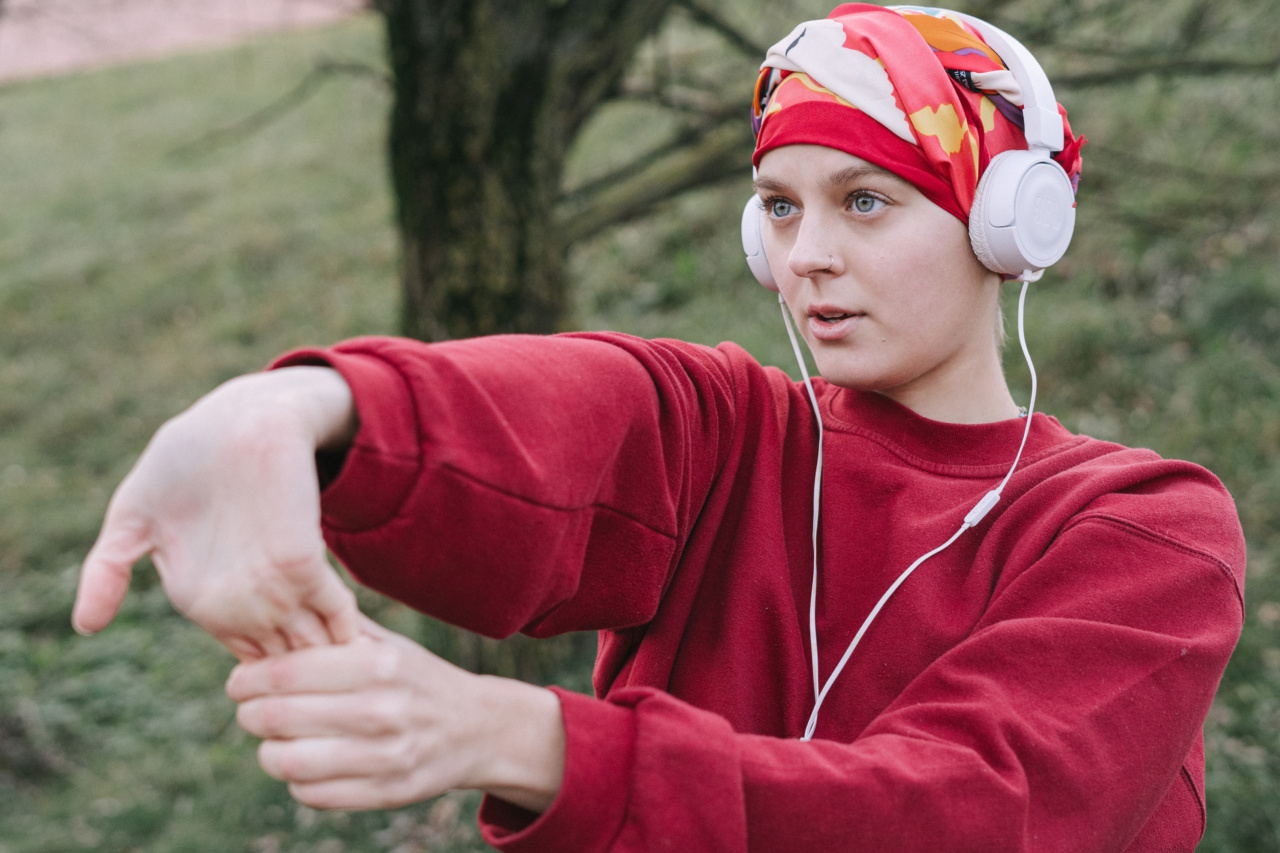Parkinson’s disease (PD) is a progressive neurodegenerative disorder that affects movement. The symptoms of Parkinson’s disease include tremors, rigidity, bradykinesia, and postural instability.
There is no cure for PD, but there are several treatments that can help manage the symptoms of the disease, including medication and surgery. In recent years, exercise has emerged as another potential treatment for PD.
The Benefits of Exercise for Parkinson’s Disease
Studies have shown that exercise can have a positive impact on the symptoms of Parkinson’s disease. Exercise can help improve motor function, balance, gait, and overall physical fitness.
Exercise has also been shown to improve cognition, mood, and quality of life in people with Parkinson’s disease.
One of the benefits of exercise is that it can help increase the levels of dopamine in the brain. Dopamine is a neurotransmitter that is involved in movement and mood regulation.
In Parkinson’s disease, there is a decrease in the levels of dopamine in the brain, which leads to the motor symptoms associated with the disease. Exercise can help increase the levels of dopamine in the brain, which can help improve motor function and mood.
Types of Exercise for Parkinson’s Disease
There are several types of exercise that can be beneficial for people with Parkinson’s disease. These include:.
- Aerobic exercise: Aerobic exercise is any type of exercise that increases the heart rate and breathing. Examples of aerobic exercise include walking, cycling, swimming, and dancing. Aerobic exercise can help improve cardiovascular health and overall fitness.
- Resistance training: Resistance training involves using weights or resistance bands to strengthen the muscles. Resistance training can help improve muscle strength and endurance, which can be particularly beneficial for people with Parkinson’s disease who experience muscle weakness and fatigue.
- Balance and coordination exercises: Balance and coordination exercises can help improve balance, gait, and reduce the risk of falls. Examples of balance and coordination exercises include standing on one foot, walking heel-to-toe, and practicing tai chi or yoga.
The Importance of Finding the Right Exercise Program
It’s important for people with Parkinson’s disease to find an exercise program that is appropriate for their individual needs and abilities.
A physical therapist or certified fitness professional can help create an exercise program that is tailored to the individual’s specific needs and goals.
It’s also important for people with Parkinson’s disease to start exercise slowly and gradually increase the intensity over time. Overexertion can lead to fatigue and increased Parkinson’s symptoms.
The Role of Exercise in Parkinson’s Disease Management
Exercise alone is not a cure for Parkinson’s disease, but it can be an important part of an overall management plan. Exercise can help improve motor function, balance, and overall physical fitness.
It can also improve mood, cognition, and quality of life.
Exercise is often used in combination with medication, surgery, and other treatments for Parkinson’s disease.
It’s important for people with Parkinson’s disease to work with their healthcare provider to develop an individualized treatment plan that addresses their specific needs and goals.
Conclusion
Exercise can have a positive impact on the symptoms of Parkinson’s disease. It can help improve motor function, balance, gait, and overall physical fitness. Exercise can also improve mood, cognition, and quality of life.
Finding the right exercise program is important for people with Parkinson’s disease, and it’s important to start exercise slowly and gradually increase intensity over time. Exercise is an important part of an overall management plan for Parkinson’s disease.




























